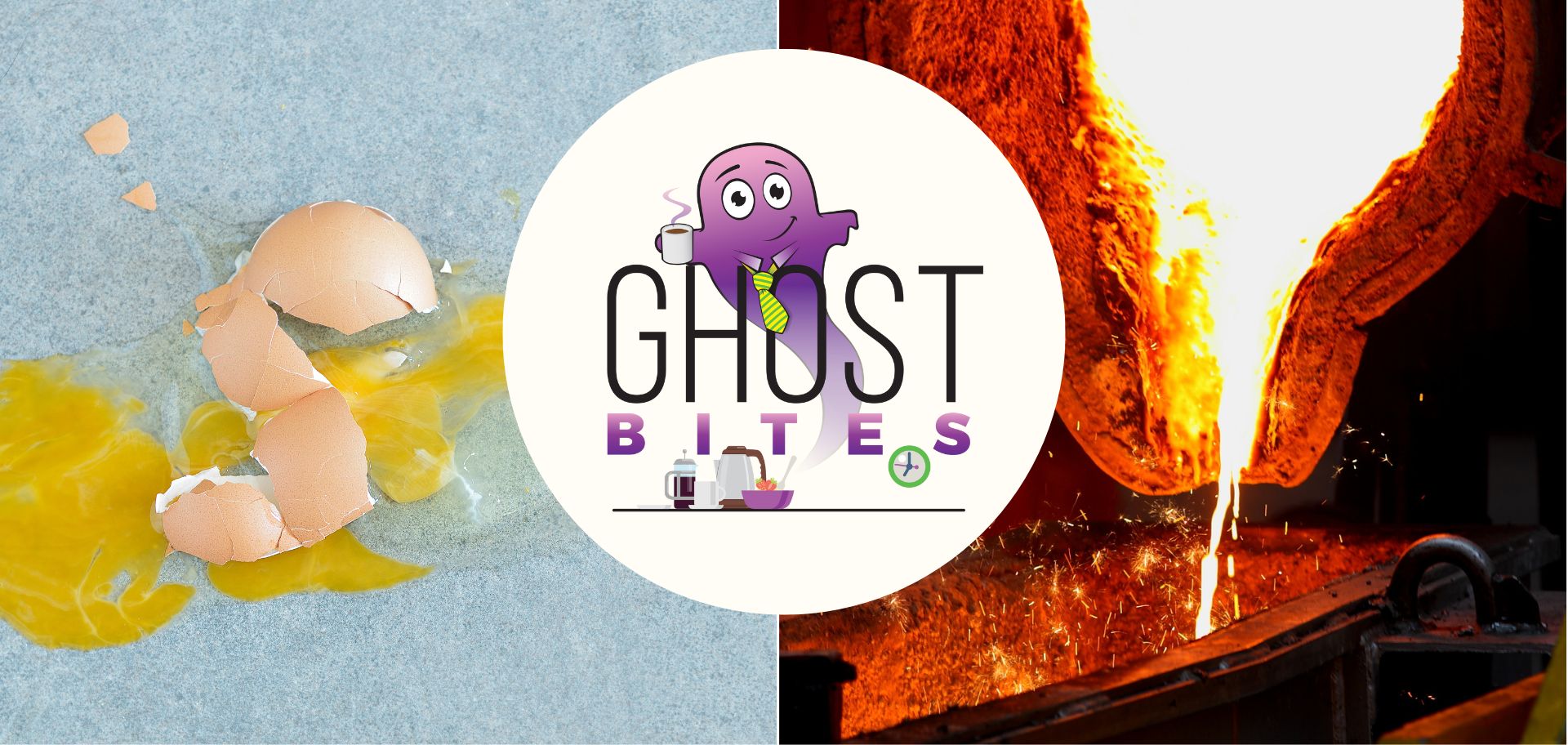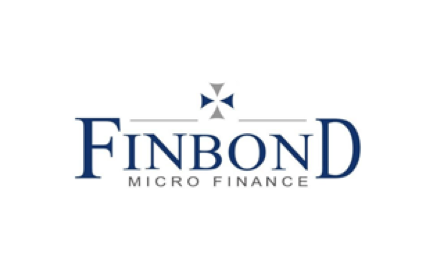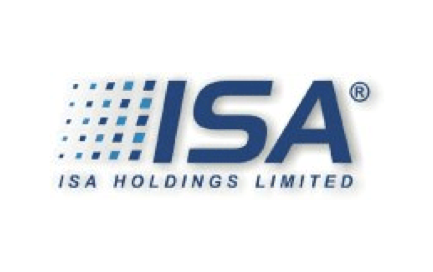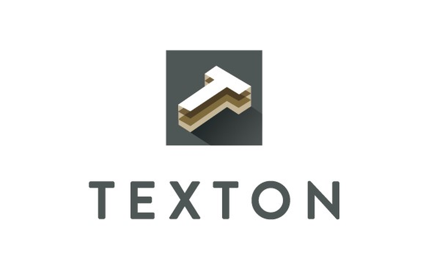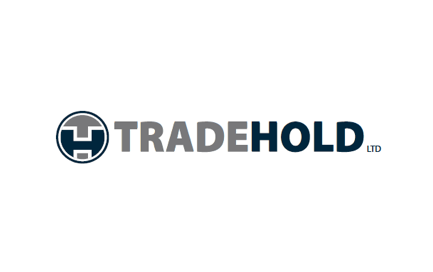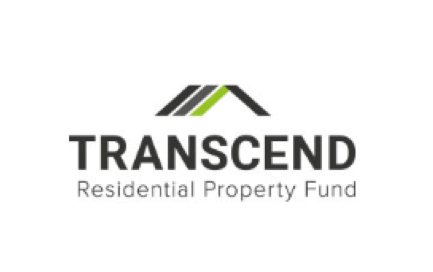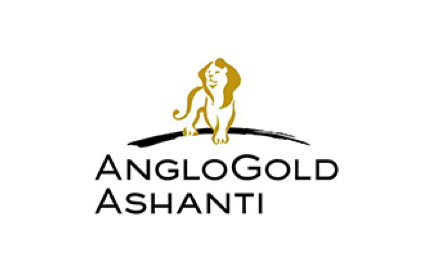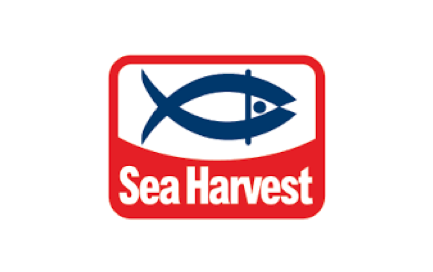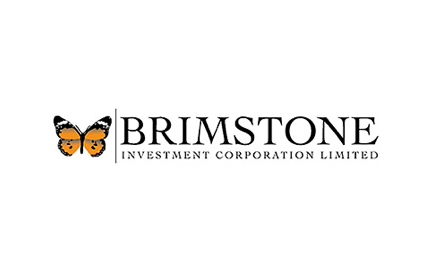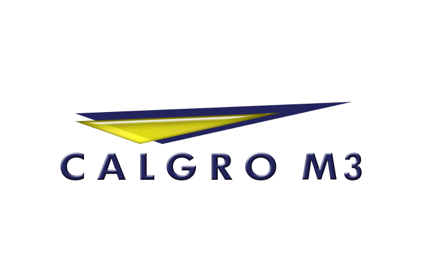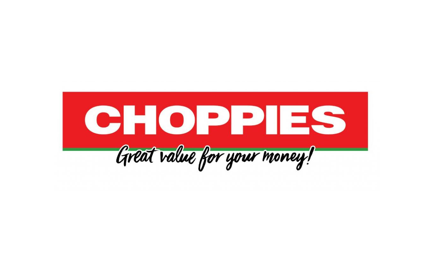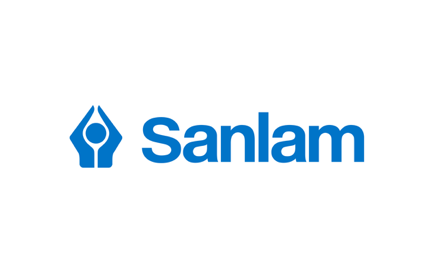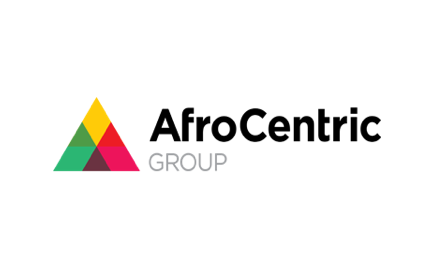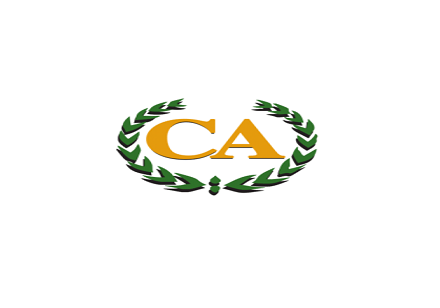Finbond’s losses have decreased (JSE: FGL)
But the group is still firmly in the red
When reading about a small financial services group listed on the JSE, it’s easy to assume that any troubles must be related to the local economy. In Finbond’s case, you would need a passport to go and find the problems.
Of all places, Illinois in the US has been the biggest headache for the group. Finbond needs to lend money to lower income customers and those customers were the beneficiaries of incredible levels of stimulus in the US. In a perverse irony of note, the US economy is too strong for Finbond to be doing well there.
To add to the difficulties, there were major regulatory changes in March 2021 in Illinois that caused problems for the business model, with a revised longer-term product leading to a lag effect in profitability. Simply, accounting rules require interest revenue to be earned over the period of the loan and credit loss provisions to be recognised upfront, so a period of strong growth in lending would actually have a negative impact on short-term profitability!
Now that your mind has been blown by good things that are actually bad things for Finbond, I can highlight the financial performance for the year ended February 2023. Revenue increased by 21%, gross loans and advances increased by 25.6% and the headline loss per share decreased from -17.9 cents to -15.1 cents.
There is yet again no dividend, which makes sense in the context of the headline losses.
I was surprised to see that no mention is made of net asset value per share anywhere in the announcement, especially as this is generally seen as a key input for valuations of financial services groups. Based on a very quick look at the market cap and equity on the balance sheet, it looks like a price/book of roughly 0.3x.
ISA Holdings displays resilience, if not growth (JSE: ISA)
The digital security group could only increase revenue by 1%
If you dig into the numbers of this technology small cap, you’ll see that ISA Holdings managed to tread water on the top line. The same can’t be said for operating expenses, which jumped by 22.5% largely due to payroll expenses. The company is clearly hiring, but the benefit hasn’t come through on the revenue line yet.
The net profit result was saved for the year ended February 2023 by a major increase in share of profits from associate DataProof, which increased from R1.6 million to R7.7 million. This made all the difference in profit before tax growing from R22.8 million to R26.4 million.
With all said and done, HEPS grew by 34% to 14 cents per share. At R1.35 per share, the business trades on a sizable valuation for a company with a market cap of just R230 million. The core business needs to show a much better margin story to justify that multiple.
Mahube Infrastructure: renewables aren’t easy (JSE: MHB)
They may tug at the heartstrings, but renewable energy projects aren’t guarantees of success
Mahube Infrastructure (JSE: MHB) has investments in a variety of wind and solar farms. It’s a small listed group, with a market cap of just over R300 million.
In a trading statement for the year ended February 2023, some of the challenges in this sector were laid bare. The fair value of the assets went the wrong way based on macroeconomic variables (like discount rates) and the adverse revision of long-term assumptions on the amount of electricity generated. I was surprised by the latter issue, as that is not good news for these types of projects.
The results were also impacted by a drop in dividend income, including from the wind investments that experienced adverse wind conditions during the reporting period.
Pan African Resources shareholders get a 21% hiding (JSE: PAN)
Production guidance has been revised sharply downwards
You won’t often see a significant local company receive a 21% smack from the market in a single day. Then again, you won’t often see a gold miner reduce its full-year production guidance by roughly 12.5% with just over a month to go until the end of the period.
If we compare the latest guidance from Pan African Resources to the midpoint of the previous guidance range, there’s a drop of 25,000oz. Approximately 10,000oz has been attributed to Eskom’s electricity supply, with the rest due to a slower ramp-up at Barberton Mines and lower than expected production at Evander Mines.
Renewable energy projects are underway, but these take time of course. The company also noted that the issues at Barberton have improved towards the end of this financial period. The problems at Evander Mines were due to geological challenges that take longer to deal with.
The only good news is that the Mintails project is expected to receive the last remaining approval imminently, which means plant construction can commence within the next month. Steady state production is expected by December 2024.
Thanks to strong gold prices, the group is still in a decent financial position and net senior debt could be reduced by as much as 50% since December 2022.
This period really is a case of what might have been, with production issues at a really unfortunate time when the gold price finally gave miners an opportunity to generate substantial cash flows.
Even looking ahead to the 2024 financial year, we see production guidance of 178,000oz to 190,000oz, which is still lower than the guidance of 195,000oz to 205,000oz that was on the table for the 2023 financial year before being reduced to 175,000oz.
The underperformance relative to peers is severe this year:

Quantum Foods is a lesson in margins (JSE: QFH)
Revenue growth doesn’t matter if costs have gone ballistic
The poultry industry is a wild place. I cannot think of another sector that is so volatile at net earnings level, with skinny margins that can vary for reasons far beyond the control of the companies in this industry.
In the latest interim period, revenue at Quantum Foods increased by 22.0%. It was cold comfort, as gross profit only increased by 6.6% and operating expenses grew by 8.4%. With such tiny margins in this sector on a good day, that was enough to smash operating profit by 57.4% and HEPS by 82%.
Quantum Foods describes the six months to March 2023 as the most challenging conditions since listing in October 2014. Across record high feed raw material costs, outrageous levels of load shedding and consumer pressure that makes it impossible to recover the costs through pricing increases on eggs, this has been a perfect storm for poultry.
The bigger issue is that there is no obvious improvement to any of these problems. The weak rand has a significant impact on raw material costs. We all know that Eskom has no solutions for any of us. Finally, it’s not like the situation is getting any better for South African consumers.
To give you an idea of how much more expensive it has become to raise chickens, the cost of layer and broiler feed increased by 30.3% and 27.4% respectively, while the selling prices for eggs only increased by 7.5% and volumes fell by 9%. There is a crisis brewing for South Africa’s core sources of protein.
If you’re hoping that Quantum has an exciting energy solution on the cards, you’ll be disappointed. The company is only at the point of having generators installed at its major sites, which of course only helps with availability of power rather than the cost thereof.
It gets worse before it gets better. Although this period wasn’t affected by avian flu, there was an HPAI outbreak in April 2023 at the Lemoenkloof layer farm in the Western Cape. Just this outbreak carries a cost of R34 million, which is frightening when headline earnings for the six months to March was just R6 million.
Unsurprisingly, there was no interim dividend for this period.
Texton moves ahead with the GEPF repurchase (JSE: TEX)
If you see a rights offer down the line, remember this day
This certainly isn’t the first time that Texton has had me scratching my head. The company isn’t exactly the gold standard in capital allocation track record, evidenced by a share price that is down roughly 60% over 5 years.
The latest unusual step is a massive specific repurchase of 19.8% of the shares from the Government Employees Pension Fund (GEPF), managed by the PIC. At a price of R2.15, this is a discount of 11% to the current traded price. That’s great for Texton shareholders and strange for the GEPF, as the net tangible value per share before the repurchase is a much higher R6.11.
It would make a lot more sense for the PIC to rather put pressure on the company to recycle capital and return it to shareholders, particularly with the price at such a high discount to the tangible NAV. I’m grateful that I have precisely none of my own money in the GEPF.
If Texton can actually afford this, it’s really good for remaining shareholders as they are getting rid of a big chunk of shares from someone else at a discount. My bigger concern is that the initial announcement around this deal mentioned a potential equity raise in future, which could then negate any benefit from this deal.
If you see a rights offer from Texton at any stage in the near future, just remember this repurchase price of R2.15 and compare it to whatever price the rights offer will be executed at.
Shareholders of Texton will need to approve the deal with a 75% approval required. It helps that Heriot Investments (with a 64.7%) holding has already agreed to vote in favour.
Will Tradehold regret its UK exit? (JSE: TDH)
Although losses were realised on disposal in the UK, things aren’t easy at home either
In November 2022, Tradehold sold its operations in the UK for just over R2 billion, realising a loss of R164 million after releasing forex reserves on the disposal. The proceeds were used to redeem preference shares held by RMB and pay a special dividend of R4.34 per share to shareholders in November.
This makes Tradehold a primarily South African group (73% of assets) so the reporting currency is now the rand.
Net asset value (NAV) per share has dropped from R19.47 to R12.40 over the year ended February 2022, of which R4.34 is due to the special dividend. This means that R2.73 is simply due to losses on the disposal of the UK assets and the general performance of the portfolio.
The highlight here is Collins Group, with a portfolio of mainly industrial buildings and large distribution centres. Net profit grew by 9% in this period, although the average increase on renewals was just 3% in this period.
Solar projects are obviously top of mind for distribution centres with huge roof areas. Collins is using a rental based model to roll out solar projects, so there is no capital expenditure outlay.
As a sign of the times, the group plans to increase its exposure to the Western Cape to 17% of the total portfolio, which still seems pretty low vs. 42% in KwaZulu-Natal and 39% in Gauteng.
A final dividend of 30 cents per share has been declared. At R7.99 per share, the discount to NAV is just over 35%.
Transcend Residential Property Fund flags higher earnings (JSE: TPF)
You need to read very carefully to spot the change in reporting period
In a trading statement released by the company, Transcend Residential Property Fund noted an increase of 28.29% in its dividend per share. That sounds extraordinary, until you realise that this covers the 15 months to March 2023 vs. the 12 months to December 2021.
So not only has the financial period been changed, leading to a once-off longer period, but the base period included plenty of Covid issues.
The growth rate is irrelevant here. Instead, the helpful information is that the dividend per share is 72.34 cents, so the trailing yield is 11.3% based on the current share price.
Little Bites:
- Director dealings:
- There is more selling in the gold sector, this time a prescribed officer of AngloGold Ashanti (JSE: ANG) selling R1.94 million worth of shares.
- A name you won’t see in this section very often is Sea Harvest Group (JSE: SHG), so take note of an associate of an independent director buying R1.33 million worth of shares.
- The CEO of Brimstone Investment Corporation (JSE: BRT) bought shares worth R254k.
- A director of Calgro M3 (JSE: CGR) has bought shares worth R92.8k.
- Choppies Enterprises (JSE: CHP) has renewed the cautionary announcement related to the potential acquisition of 76% in the Kamoso Group, an FMCG business in Botswana. The negotiations were originally for a 100% stake.
- With all said and done on the Sanlam (JSE: SLM) – AfroCentric (JSE: ACT) transaction, Sanlam will hold 60% of the shares in AfroCentric. It will be interesting to see how successfully the strategy is delivered going forward, as substantial promises were made to AfroCentric shareholders about the benefits of this deal.
- The odd-lot offer by CA Sales Holdings (JSE: CAA) lives up to its name in my books. After considerable effort to attract a wide base of shareholders, the company is moving ahead with an odd-lot offer to try and mop up the 5,073 shareholders who each hold less than 100 shares. It’s also possible that this base was inherited from PSG as part of the unbundling. This is just 0.02% of the company, so I can understand the administrative burden vs. the total shareholding. What I can’t understand is that the total value of those shares is roughly R860k and the cost of executing the odd-lot offer is R680k! I’m sure the maths has been done, but I find it surprising that the company is a net winner on this basis. It shows how expensive it is to have a retail shareholder base in South Africa’s regulatory environment, though I must point out that an odd-lot means fewer than 100 shares and that’s a value of just R700 at the current share price.
- Hillie Meyer will retire from the top job at Momentum Metropolitan (JSE: MTM) on 30 September 2023. His replacement is Jeanette Marais, who has been Deputy Group CEO since 1 March 2018. This seems like a solid example of succession planning.

